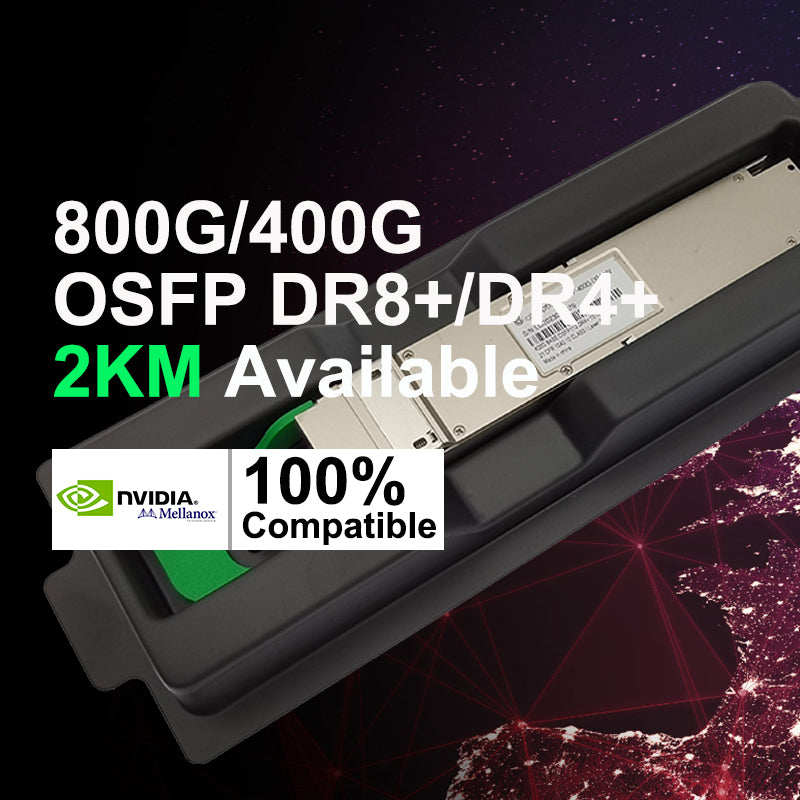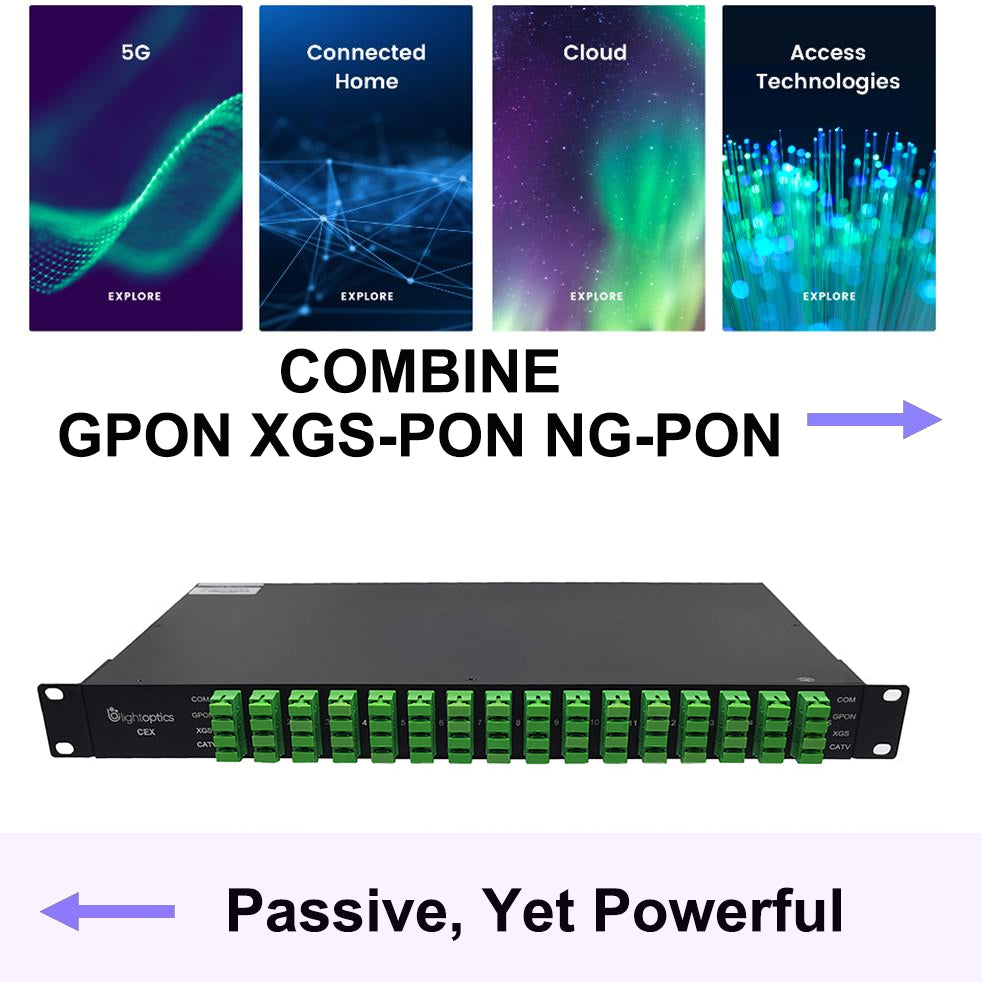10GBASE-T Switch vs 10G SFP+ Switch: How to Choose?
10GBASE-T Switch vs 10G SFP+ Switch: How to Choose?
10GbE switch plays an essential role in 10G Ethernet network solutions. Generally, there are two 10GbE switch solutions for the 10GbE link: 10GBASE-T switch vs 10GB SFP+ switch. As we all know, 10 Gigabit Ethernet (10GbE) can be offered in optical and copper links which may be achieved through 10GBase-T copper switches and SFP+ fiber switches. Thus IT managers often face the challenge of selecting an appropriate 10G physical media when building their 10G home network labs. How to choose the most appropriate 10G connectivity solution? This article allows us to understand 10GBase-T and SFP+.
What is the 10GBase-T Switch?
10GBase-T switch supports 10G transmission over RJ45 ports, which is used to address the bottleneck problem and create great ROI and performance. It can provide backward compatibility with legacy networks such as 100/1000BASE-T and work with existing structured cabling systems, providing IT technicians with the most flexibility in server placement. All the 10GBASE-T copper ports can auto-negotiate and communicate effectively with legacy 1Gbit/s and 100Mbit/s server connections.
What is the 10GB SFP+ Switch?
10GB SFP+ switch refers to the L2/L3 Ethernet switch that has 10G SFP+ normal ports and certain 40G uplinks. With superior throughput and latency, the 10GbE SFP+ switch is a cost-effective solution compared to the Gigabit network switch. Due to the attractive improvement in bandwidth, port density, and reduced power consumption, the 10GbE SFP+ switch has become the choice for the latency-sensitive application.

10GBase-T vs SFP+: 10GBase-T Solution
- Lower Price—10GBase-T port switch is available in 2008 and continues to develop and spread rapidly as it is an add-on for server platforms. Now many server and storage devices are equipped with 10GBase-T Port ports. This increase in proliferation helps to drive down the cost of 10GBase-T technology. Thus the price of the 10GBase-T port switch is dramatically dropped down. It is said that the cost of the 10GBase-T Port ToR switch is 20% to 40% less than that of the SFP+ ToR switch.
- Backwards Compatibility—10GBase-T Port is an interoperable, standards-based technology, which means it uses the similar RJ45 connector as in legacy networks. So it can provide backward compatibility with legacy networks via auto-negotiation. In other words, 10GBase-T requires the newer Cat 7 or Cat 6a to reach 100 meters, but can also work on Cat 6, Cat 5e, or even Cat 5 cable at reduced distances. SFP+ technology does not support auto-negotiation and is limited with little or no backward compatibility.
- More Scalable—As the 10GBase-T port switch uses Cat6a cable for transmission, IT managers can use Cat6a patch cords for short connections, or make the best use of structured cabling for up to 100 m long-distance transmission. This allows managers to field terminate Cat6a cables on patch panels to flexible lengths for clean, slack-free cable management. While in Home-labs, for economic reasons, SFP+ DACs are the commonly used cable types that offer less than a 10-meter distance.
10GBase-T vs SFP+: 10G SFP+ Solution
- Less Power Consumption—Althougthe h the power consumption of 10GBase-T port server and switch ports has been lowered down to 1.5 Watts to 4 Watts per port depending on distance, the SFP+ interface continues to use less power—typically less than 1 Watts per port.
- Lower Latency—SFP+ offers typically about 0.3 microseconds latency per link for its simplified electronics. While 10GBase-T latency is about 2.6 microseconds per link due to more complex encoding schemes within the equipment.
- Suit for High-Speed Application—Since SFP+ has the advantages of low power consumption and low latency, it is very suitable for large high-speed super-computing applications where latency is a critical factor and where high port counts can add up to significant power savings.
10GBase-T Switch vs 10GB SFP+ Switch: How to Choose?
10G network is now ubiquitous in the data center, enterprise network and even home networking. As two kinds of 10G network solutions,10GBase-T switch and 10GB SFP+ switch have d ifferences which are the reference factors when choosing between them. Then 10GBase-T switch vs 10GB SFP+ switch: what are their differences and how to choose?
- Transmission Distance-10GBase-T switch mainly uses copper cables (sometimes fiber optic cables) such as Cat6, Cat6a, Cat7, etc. It is fit for the network environment covering 100m. However, a 10GB SFP+ switch deploys fiber optic cables to transmit data, the maximum transmission distance of which is up to 100km, far exceeding the transmission,distance of copper cables. Therefore, a 10GB SFP+ switch can be applied in a network covering a longer distance.
- High-Speed Application-With the compelling improvement in lower latency and power consumption, the 10GbE SFP+ switch fits well for large high-speed networking applications. Also, its high port counts can benefit high-density network builds. Therefore, it is suitable for a business-oriented network. As for the 10GBase-T switch, those with fewer ports (such as 8 ports) are suitable for home use but those with more ports like 48 ports are appropriate for the enterprise networks.
- Backward Compatibility-10GBASE-T switch owns the advantage of being an interoperable and standards-based technology. It provides backward compatibility with legacy networks. While the 10GbE SFP+ switch is limited with little or no backward compatibility.
- Price-On today's switch market, the price of the 10GBase-T switch is often higher than that of the 10Gb SFP+ switch, of course, with the same switch level. If both of them can meet your needs, you can choose a 10GB SFP+ switch to save cost.
Conclusion
When you have to choose between 10GBase-T switches and 10GbE SFP+ switches for the best 10G networking solution, you should make a decision based on your actual needs. Generally speaking, for equipment whose transmission distance is critical, 10GB SFP+ switches are more suitable. However, if flexibility and compatibility are more important, you might consider a 10GBase-T switch. They should all find their respective roles in web design and practice.












